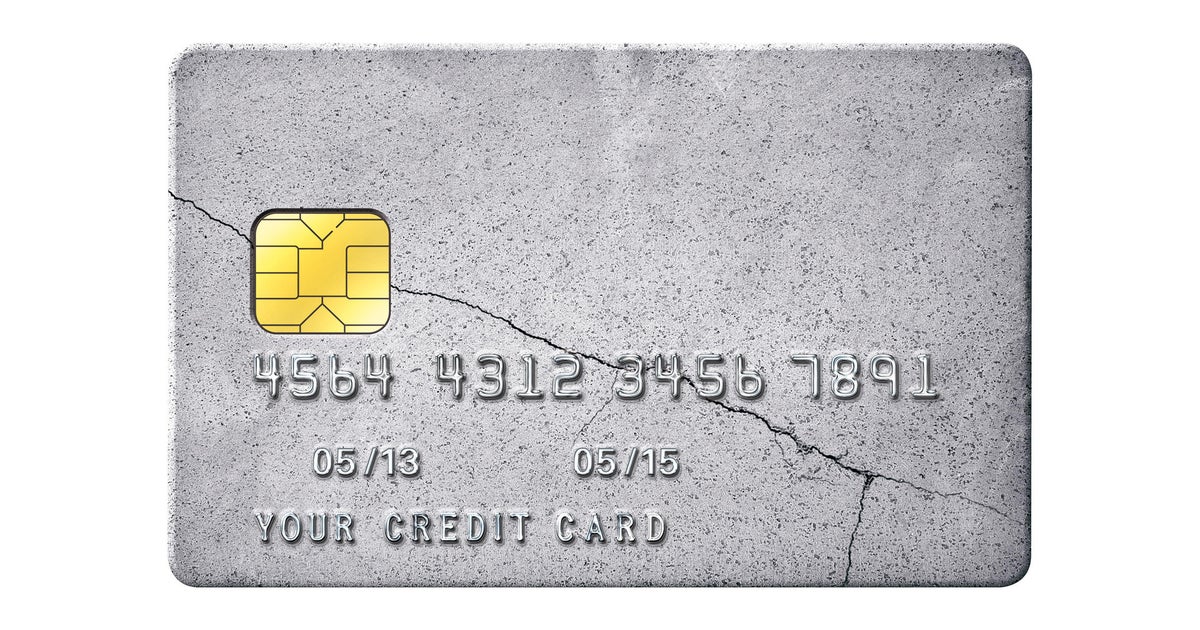Gold investing tips all investors should know
It's always smart to closely watch your investments, particularly in today's economic climate. Although inflation has cooled in recent months, it's still not where the Federal Reserve would like it. And interest rates are considerably higher than they were just a few years ago. Against this backdrop, some investors are reconsidering where they keep their money - and where they may want to move it now. Many are turning to precious metals like gold and silver to help diversify their portfolio and hedge against inflation.
The benefits of investing in gold are numerous and have been helping investors for centuries. That said, just like any other investment type, there are better ways to approach gold than others. Considering that it may not be as well-known as stocks, bonds and real estate, it helps to understand some essential things to get the most out of this investment type.
Start by requesting a free investors kit here to learn more about this unique opportunity.
Gold investing tips all investors should know
While everyone's personal financial situation and goals are different, there are three reliable tips for gold investors to know.
Don't invest too much
To get the greatest return on your gold investment, you'll want to make sure you have the right allocation of the precious metal in your portfolio. But what is that amount?
Most experts advise limiting your gold investment to 5% to 10% of your overall portfolio. Younger investors may want to be closer to that 10% threshold, while older ones may be better served with 5% (or less). Investors of any age, however, shouldn't generally go above that 10% limit, though. That's because gold acts more as a diversification and protection of your portfolio rather than a way to grow it exponentially.
To do the latter, you'll still want to keep most of your money in other, income-returning investments. But to keep it secure, put a small percentage in gold.
Learn more with a free gold investment guide here now.
Research investment types
There are multiple types of gold investments on the market, and what works for one investor may not be beneficial for another. So be sure to research the types before committing to one over another.
There are gold exchange-traded funds (ETFs), gold futures and gold IRAs (a common retirement investment many people pursue). You can also invest in physical gold, gold futures or some combination of the above (remembering to abide by the 5% to 10% rule). Some investments may be more appropriate for you and can help you reach your goals faster than other gold types.
Consider speaking to a professional or financial advisor before investing to ensure you're getting involved in the optimal asset type for you.
Invest for the long haul
Gold may be a shiny and alluring asset to invest in with the hopes of making money overnight, but it's not for those looking for a quick return. Instead, gold serves more effectively as a long-term investment that can protect your portfolio from broader market instability. Gold prices generally trend upward but typically not in significant amounts over short periods of time. So, invest for the long haul and you'll generally be rewarded more substantially than if you get in and out within a few months or years.
"Ten ounces of gold bought 23 years ago in 2000 would have cost around $2,800," Mel Mattison, CFP, financial services professional and consultant, recently told CBS News. "Now, a child born then would have almost $20,000, perhaps just enough for a down payment on a starter home."
In other words: Invest in gold now to protect your portfolio and stay in gold for the long haul to make a substantial return on your investment. Learn more about investing in gold by requesting a free information kit here.
The bottom line
Gold can be a smart and effective way to protect your hard-earned savings now - and grow it over time. To get the most out of this unique investment, however, it helps to keep your gold allocation to 10% or less. Investors should also familiarize themselves with the many gold investment types currently available so they put their money into the one best suited for their goals and personal financial needs. They should also invest with an eye toward the future as gold is less of a "get rich quick" strategy and more of a way to protect and grow your money over the years to come.




